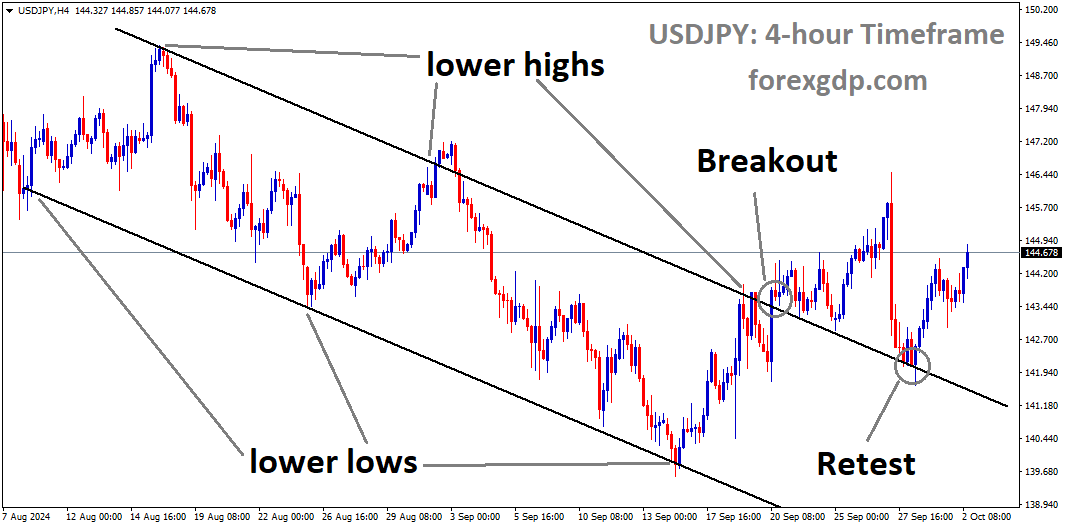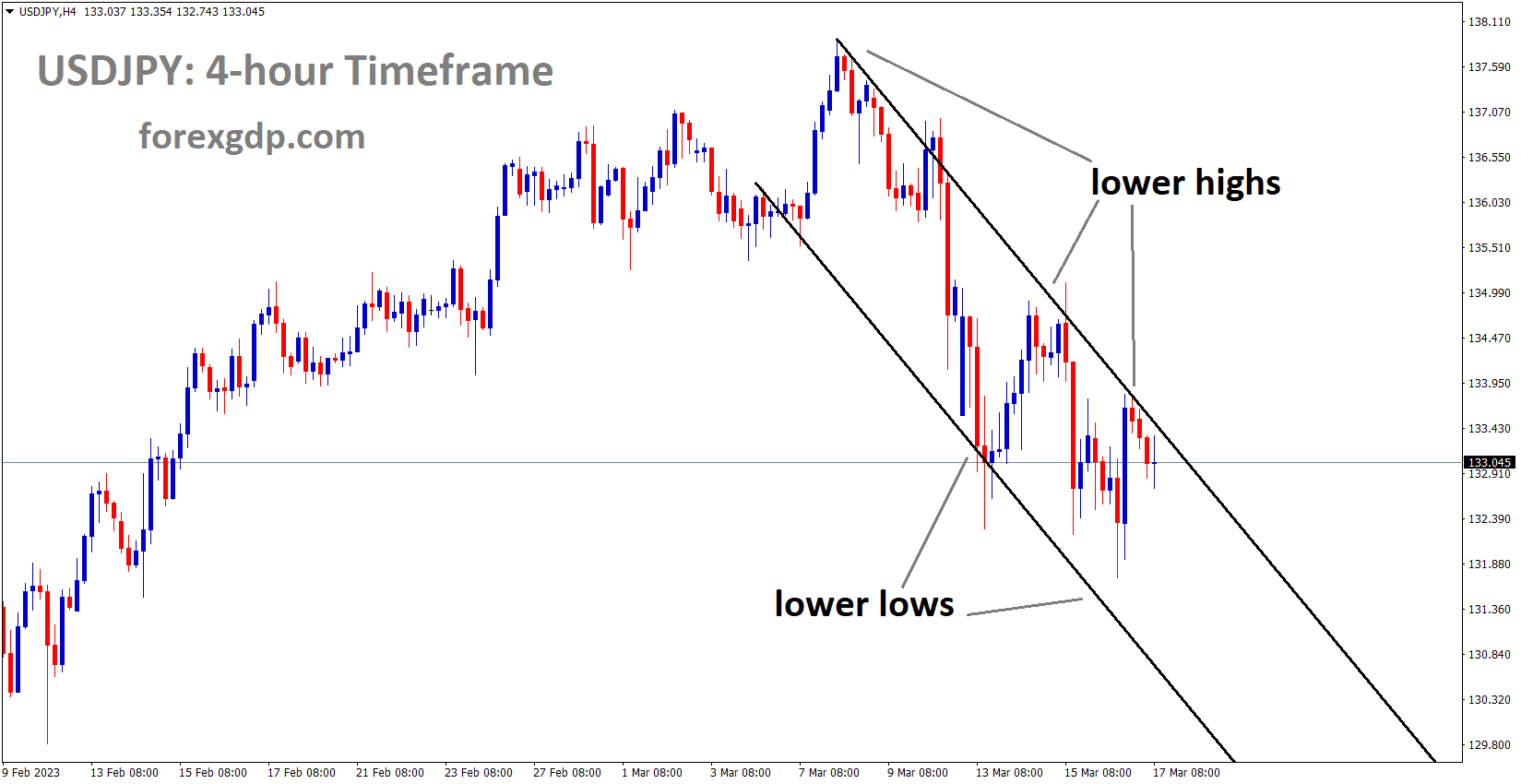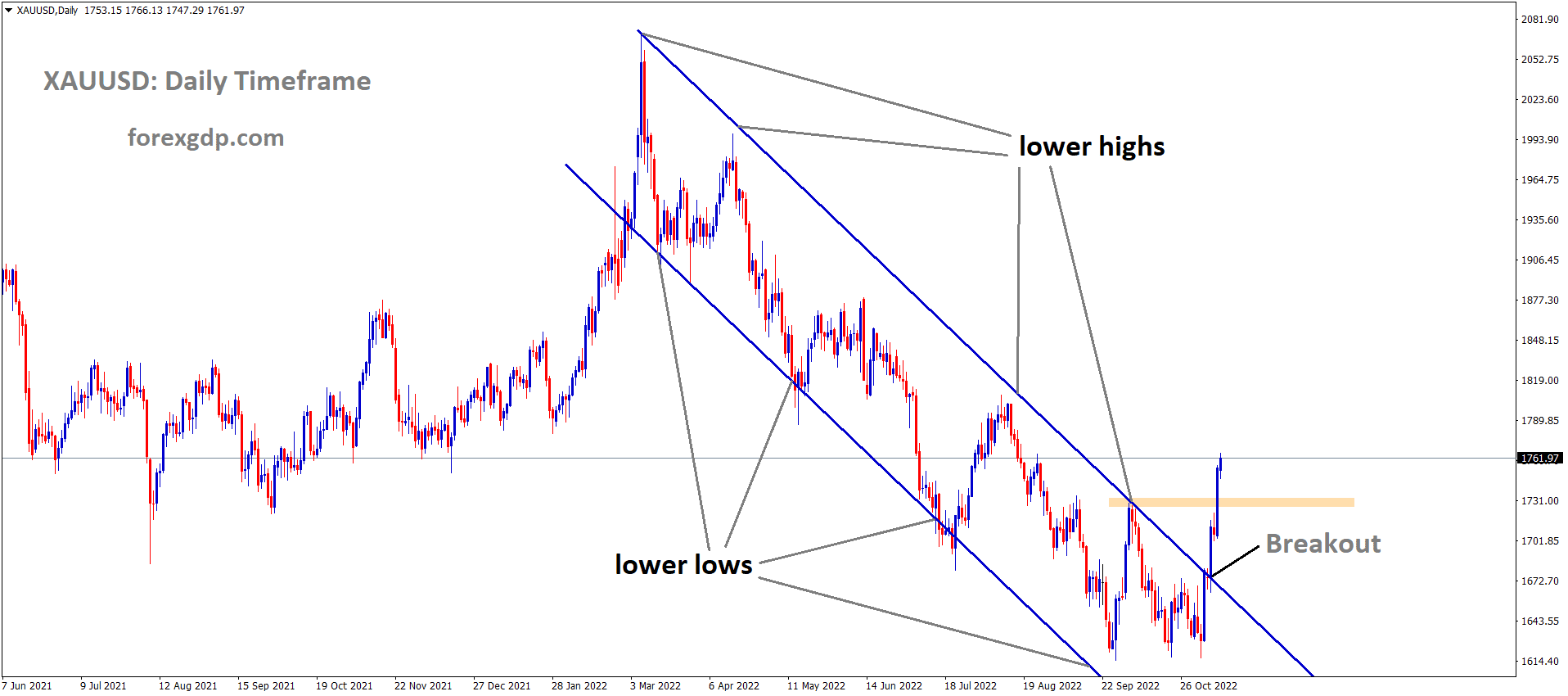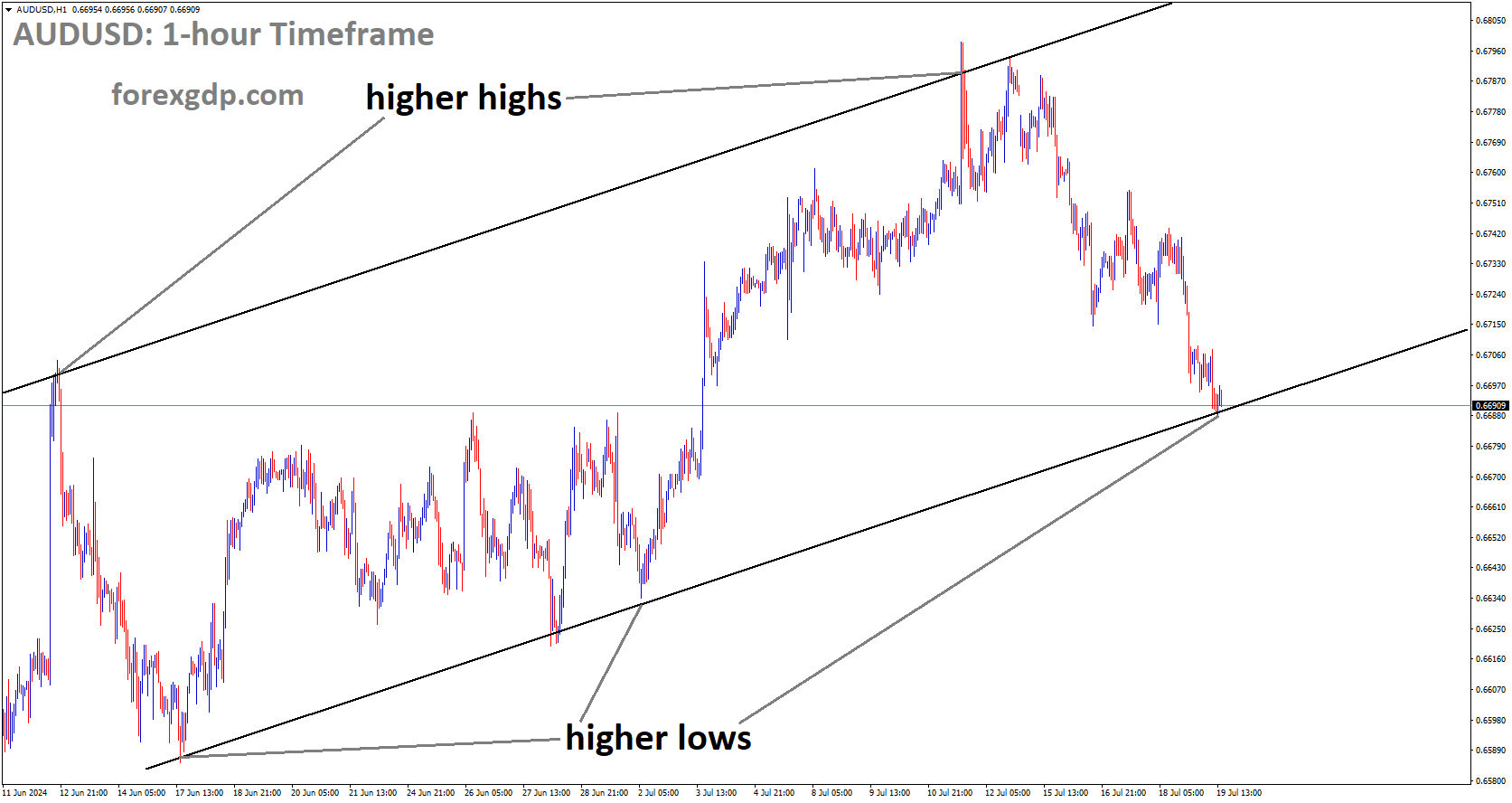USDJPY is rebounding from the retest area of the broken descending channel
#USDJPY Analysis Video
The Japanese Yen Weakens as the Bank of Japan Signals a Continued Easy Monetary Policy
The Japanese Yen (JPY) has recently shown signs of losing strength, particularly against the US Dollar (USD). This trend is largely driven by the Bank of Japan’s (BoJ) signals of maintaining an accommodative monetary policy. With uncertainty surrounding Japan’s future interest rate hikes and rising geopolitical concerns worldwide, the JPY’s weakening seems to reflect both domestic and international factors. Let’s break down what’s been happening and what might lie ahead for Japan’s economy and currency.
Bank of Japan’s Accommodative Stance: What’s Going On?
One of the key reasons behind the weakening Japanese Yen is the recent announcement from the Bank of Japan (BoJ). During its latest monetary policy meeting in September, the BoJ released a “Summary of Opinions” that essentially confirmed what many had already expected—the bank intends to maintain its easy monetary policy.
While the global trend seems to be leaning towards tighter financial policies, the BoJ has been quite clear that it doesn’t plan to jump into interest rate hikes anytime soon. Japan’s economy has faced years of deflation, and the BoJ has been trying to stimulate growth by keeping interest rates low, encouraging spending, and driving inflation up to healthier levels.
Prime Minister’s Take on the Economy
Japan’s Economic Revitalization Minister, Ryosei Akazawa, recently echoed similar sentiments during a press conference. He stated that Prime Minister Shigeru Ishiba believes the BoJ will need to carefully assess Japan’s economic situation before making any significant changes to interest rates. Akazawa highlighted that the country’s primary goal is to fully exit deflation, a process that could take time, given Japan’s long-standing struggle with low inflation and slow economic growth.
In simple terms, the Japanese government and central bank are cautious about raising interest rates too quickly, as it could hamper the already fragile economic recovery. This cautious approach puts downward pressure on the Japanese Yen, as investors look to currencies with higher interest rates and stronger growth potential.
Geopolitical Tensions and the US Dollar’s Strength
While the Yen has been weakening, the US Dollar has been gaining support. One major factor contributing to this is the cautious mood among traders, driven by increasing geopolitical tensions. For instance, the escalating conflict in the Middle East has heightened global uncertainty, prompting investors to seek the relative safety of the US Dollar.
Events like these can significantly impact currency values, as global uncertainty often leads to a flight to safer assets. The US Dollar is frequently seen as a safe haven in times of geopolitical instability, and with the ongoing tensions, it’s no surprise that the USD has been strengthening against weaker currencies like the JPY.
The Role of US Economic Data
On top of geopolitical concerns, some recent economic data out of the US have also played a role in boosting the USD. For instance, the latest ISM Manufacturing PMI for September came in weaker than expected, but the market didn’t react too negatively to it. Instead, traders seem to be focusing more on the upcoming US employment data and statements from Federal Reserve officials for further clues on the direction of interest rates.
The US Federal Reserve (Fed) has been gradually raising interest rates in an effort to cool inflation, and there’s growing speculation about when they might start cutting rates again. Interestingly, while the Fed has indicated that it’s in no hurry to lower rates, some officials have hinted that modest rate cuts might be on the horizon. This has helped keep the US Dollar strong, as higher interest rates make the currency more attractive to investors.
Japan’s Economic Outlook: What Lies Ahead?
Japan’s economy, like many others, is navigating a challenging landscape. While the BoJ and government officials have expressed optimism about eventually exiting deflation, the path forward is still uncertain. Japan’s unemployment rate has recently fallen, showing signs of improvement, but overall business conditions for large manufacturing companies have remained stable without significant gains.
USDJPY has broken the Ascending channel in the upside
Japan’s newly elected Prime Minister, Shigeru Ishiba, has indicated that he believes the country’s monetary policy should continue to be accommodative. This stance is in line with the BoJ’s current approach, which is focused on maintaining low borrowing costs to support the economy. By keeping interest rates low, Japan aims to encourage consumer spending and investment, which can help boost economic growth.
However, there are still risks on the horizon. Inflation in Japan remains below target levels, and any unexpected economic shocks—whether domestic or global—could slow down progress. For now, the focus remains on steady, gradual improvements in the economy.
Is the Yen Expected to Rebound?
With the BoJ holding firm on its current policy and no immediate plans for rate hikes, the Yen may continue to face pressure in the near term. As long as Japan’s economic recovery remains fragile and inflation stays below target, the BoJ is unlikely to shift towards a tighter monetary policy.
That being said, currency markets are notoriously unpredictable. If Japan’s economy were to show significant improvement—especially in terms of inflation or GDP growth—the BoJ might be forced to reconsider its stance. Additionally, any resolution to the ongoing geopolitical tensions could cause shifts in global currency markets, potentially affecting the USD/JPY pair.
What Does This Mean for Traders?
For traders keeping an eye on the JPY, the current situation presents both risks and opportunities. The Yen’s weakness might continue for a while as long as the BoJ sticks to its accommodative stance. For those trading in forex markets, this could mean more volatility in the USD/JPY pair, particularly as global events unfold and more economic data comes in.
On the flip side, traders who are bullish on Japan’s long-term economic recovery might see the current Yen weakness as a potential buying opportunity. As always, the key to navigating the markets successfully lies in staying informed and keeping a close watch on both domestic and global developments.
Final Thoughts: Staying Informed Is Key
The Japanese Yen’s recent decline highlights the complex factors that influence currency movements. From central bank policies to geopolitical tensions, there are many variables at play. The Bank of Japan’s decision to maintain an easy monetary policy reflects its cautious approach to supporting economic recovery, while rising tensions in the Middle East and the US Dollar’s strength have also contributed to the Yen’s weakening.
For anyone involved in the forex market, staying informed and being prepared for sudden shifts is essential. While the BoJ may not be in a hurry to raise rates, global events can change market dynamics quickly, making it crucial to keep an eye on economic data and geopolitical developments. Whether you’re a seasoned trader or just starting out, understanding the broader context behind currency movements can help you make more informed decisions.
Don’t trade all the time, trade forex only at the confirmed trade setups
Get more confirmed trade signals at premium or supreme – Click here to get more signals , 2200%, 800% growth in Real Live USD trading account of our users – click here to see , or If you want to get FREE Trial signals, You can Join FREE Signals Now!








